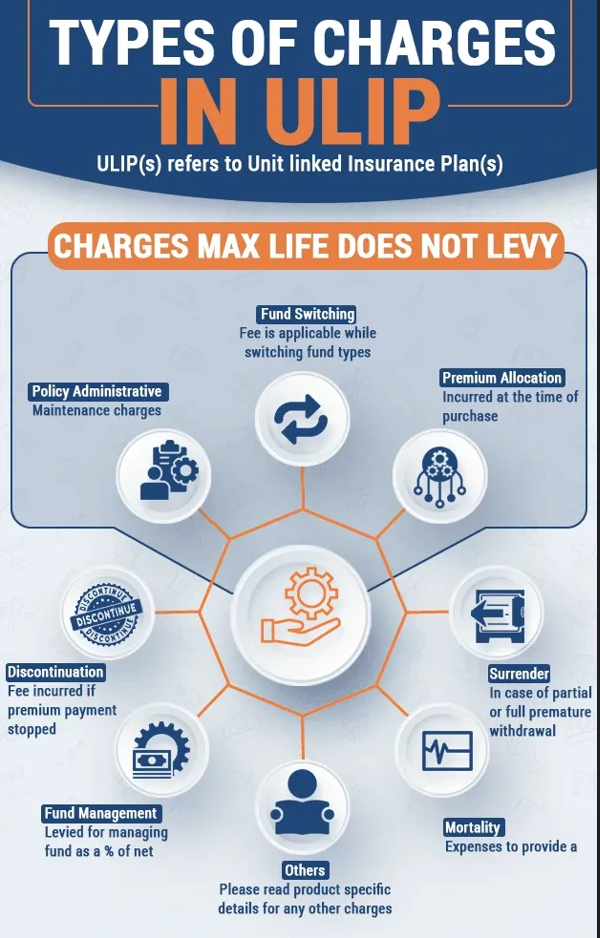7 Best Steps to Creating a Smart Financial Plan
We face
several hurdles when it comes to creating a smart and workable financial plan.
Questions arise about how to start, where to start and what to do, and facing
those questions can be scary.
But, if you are
focused and disciplined, arriving at the financial plan that
works for you
won’t be a challenge.
So, here are
some checks that will help you arrive at a smart financial plan.
Check#1: Track and Budget
To know where
exactly your money goes, you need to track every single penny. Budgeting helps
you attach a purpose to every single penny you earn and will put you in
control.
Although a budget can seem to be quite a bit of work, it is essential
for achieving both long and short-term goals.
Many methods
help you in budgeting like:
1. The envelope
method: Where you set aside an amount for your every single expense.
2. Notebook: Carry a
notebook with you and note down the expenses you make for the day.
Alternatively, you can also jot the expenditures of the week by attaching the
charge slips and bills to the page.
3. Apps: There are
dedicated apps that help you in recording and tracking your spending and
monthly bills.
Once you have
recorded three month’s expenses, go through it and see where your money
actually goes. Be sure to include the costs that don’t recur as well, like
insurance renewal, car repairs, and so on.
Check#2: Eradicate your debts
In case you
have a lot of debts like loans and credit card bills, then it is a smart move
to pay it off. This is crucial to a smart financial plan as it makes no sense
to have a one when you are knee-deep in debt. It is possible to get out of your
existing financial obligations with a little discipline.
However, if you
have a lot of debt (other than your home loan), then you need to cut back
drastically on your spending. By curbing your surplus expenses, it will become
easier for you to pay back your debts.
You can also try consolidating all your
debts into one single loan and EMI payment. Once you are
out of your debts, it is time to set up systems that would prevent you from
becoming a borrower again.
Check#3: Set Financial Goals
Once your debts
are out of the picture, and you have tracked all your spendings, now is the
time to ask yourself some fundamental questions:
1. Where do I want
to be 10 years, 15 years or 20 years from now?
2. What are my
long-term financial goals? (ex. Children's college fund, retirement plan)
3. What are my
short-term goals? (Ex. Car, home, travel)
While answering
these questions, be as specific as you can and realistic. You want to
achieve your financial goals, and you can do that only when you have
attainable, realistic goals.
Check#4: Set aside for rainy days
Life is always
about expecting the unexpected, so having an emergency fund and being
well-insured should be part and parcel of your financial plan.
Once you are
out of debt and have created a budget, it is time to set aside an emergency
fund. You need to have a minimum of six months of savings that can cover your
necessary expenditures in case you fall on hard times.
Additionally, this will
also stop you from plundering your investments.
Make sure you
and your family are well-covered by insurance. Adequate health insurance, life
insurance, automobile insurance, and others should be part of your financial
plan.
Check#5: Start Saving:
One of the
primary keys to a robust financial plan is not only your income but also your
expenditure. Even if you earn more, you would not be able to save, if you don’t
control your outflow.
After looking
at your budget, find where you might be spending too much.
Is it entertainment,
mortagage, vacations, or food?
Look for
loopholes where you can save money; at the same time, don’t restrict yourself
too much.
Your goal is not to curb your guilty pleasures, but to keep them from
spiraling out of your hand. This control will help you free some of your income
for savings, Eg. fixed deposit. Put
this money aside and don’t use it unless it is a case of a severe emergency.
Check#6: Have an investment portfolio:
More than a
savings account, it is the investments that make your life financially
comfortable. But make sure the investment you are choosing aligns with your
risk appetite, financial goal, and ease of payments.
Also, do
thorough research before you invest. Understand the risk
and reward role, where the higher the risk, the higher the reward prevails, and
vice versa. Diversify your portfolio to balance your risk and rewards. In case
you do not have any time for research, you can invest in mutual funds
Check#7: Monitor your plan’s progress:
While setting a
smart financial plan is the first step, the next one is to monitor its progress
on a regular basis. Ensure that you can answer the following questions:
1. Are your
goals are on the progress of getting fulfilled?
2. Check whether
there are any changes in your income, debt or familial status
3. How are your
investments performing?
Depending on
your current situation, it will make sense to review your investments every six
months or every year. If, when doing these reviews, don’t confuse your
long-term investment ups and downs with short-term market fluctuation.
Make every
decision after carefully considering all the facets of the investment.
Arriving at a
financial plan suitable to your requirements takes some time, but it is well
worth the effort. It helps you stay clear of any curveball that life may throw
at you.
No matter the
external circumstances, if you have set up a smart financial plan, you have set
yourself for financial success.
***
































